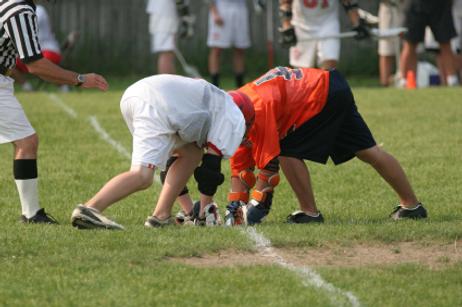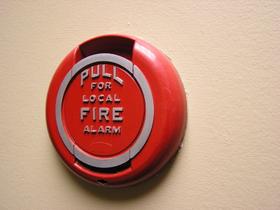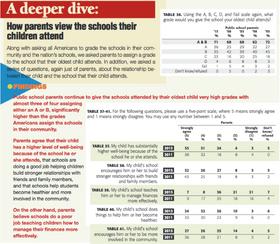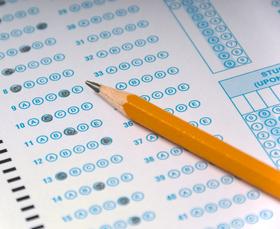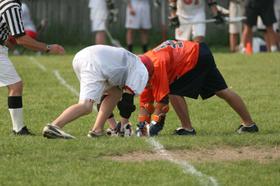As awareness over the dangers of brain trauma increases, school districts, states and even the federal government are looking at ways to minimize the dangers in youth athletics. With new policies and training in place, the hope is that those working with youth sports will more effectively learn to recognize and treat the symptoms of concussions. Take a look at how some groups are tackling this problem head-on to minimize the risk to the youngest athletes in this country.
What is a Concussion?
One of the first goals in educating the general public about the dangers of concussions is to first explain what a concussion looks like. According to the North Jefferson News, a concussion is caused by either a direct blow to the head or a blow to the body that jars the head. The impact or jolt interferes with normal brain function. Although a concussion is classified as a mild form of traumatic brain injury, it is still serious – particularly if the individual suffers more than one in a season.
This video discusses student concussions in sports activities.
Symptoms
Symptoms of a concussion might include loss of consciousness, although this occurs in only about 10 percent of all concussion cases. Other symptoms might include feelings of pressure in the head, confusion, headaches, dizziness, and blurred vision. Some children may complain of a fuzzy or foggy head, while others may seem unsure of what they are doing or where they are.
Treatment
Treatment for a concussion can vary, based on the specific symptoms and the individual child. If a child complains the headache is worsening, or parents notice an increase in confusion, a trip to the emergency room is probably the safest bet. Slurred speech and loss of consciousness warrant an immediate trip. If a child seems mentally clear but complains of not feeling well, a call to the child’s doctor is a good first step.
Anyone who has suffered a concussion needs ample rest from physical and mental activities and sufficient time to recover. One of the problems with younger athletes is that they return to their sport too soon. This could be because an adult was not aware of the problem to begin with, or because a child hides or minimizes concussion symptoms. However, sufficient healing time is crucial to preventing more serious and sometimes permanent, damage.
This video explains concussions in student athletic activities.
Massachusetts Revises Concussion Reporting
To ensure students get the recovery time they need after experiencing a concussion, many states are revamping their requirements for reporting and dealing with these injuries. The Boston Globe reports that Massachusetts has revised requirements for reporting concussions, since first-year reporting resulted in rather dismal compliance and inconsistent results among individual schools.
Although the reporting process for last year was not as complete as officials would have liked, they did show that head injuries are a significant issue for student athletes in Massachusetts schools. The state received more than 3,400 reports of head injuries or suspected concussions during the 2011-2012 school year. That number encompassed 213 public and private schools that reported their data as required.
The state had required around 689 schools to report their incidences of head injuries, with the majority of schools never submitting their reports. Some schools said they were unaware of the reporting requirements, while others were unsure why the report was never filed. This year, the state has revised the reporting forms to make it clear reports are mandatory and to clearly state reporting deadlines.
Maryland Implements New Concussion Guidelines
The state of Maryland is implementing new concussion guidelines for the upcoming school year, according to the Baltimore Sun. The Maryland State Department of Education and the Maryland Public Secondary Schools Athletic Association worked together to come up with the new rules. Although the practice rules were implemented during the summer of 2012 and revised in December of that year, they have yet to be put into practice in high-risk sports like football and soccer.
The new rules require that every high school coach must provide written verification of completing concussion awareness training. Every student athlete and parent must also receive literature about recognizing and treating concussions. In addition, the state has established a more conservative recovery process that every athlete must complete before returning to the field for competition.
This video looks into the student athlete concussion issue.
New Hampshire to Unveil State Law
Although numerous school districts in New Hampshire have developed their own guidelines for dealing with concussions, the state decided it was time for statewide policies on the problem. Beginning this summer, the statewide policies will extend from high school students to younger athletes down to fourth grade. The rules will apply to intramural and competitive sports at the school, according to The Telegraph.
All student athletes in the state will now be subject to ImPACT testing to determine when they are ready to return to the field after a head injury. The name stands for Immediate Post-Concussion Assessment and Cognitive Testing, which analyzes brain function and evaluate the recovery process. Although the testing has been popular with high school athletes, it is only recently the methodology has been valued in evaluating younger athletes as well.
In addition to statewide policies involving concussions, the federal government is also considering regulation on a larger scale. Bloomberg reports that U.S. health officials are weighing the value of public policy changes after seeing success with reducing head trauma injuries and deaths in motor vehicle accidents.
As awareness of the seriousness of head injuries continues to increase, more lawmakers are looking at ways to reduce the risk. With more states and now the federal government weighing in on the concussion issue, it is likely schools will see additional policy implementations in the future.
Questions? Contact us on Facebook. @publicschoolreview

